xDuoo Link2 Bal Vs Link2
The original Link2 (reviewed here) is quite different from the new version.
It features a different DAC chip (ESS9118EC), less power (150mW) and a lower S/N ratio (110dB). At the same time its THD+N (0,0018%@1kHz) is quite a bit higher.
Size-wise the Link 2 basically is the same (62,9mm x 21mm x 12mm) though it is a bit lighter (21g).
The original Link2 also features a Bass Boost and sound stage switch, where none of that can be found on the Bal version.
Basically, the two units are completely different, and as such a different name would perhaps have been better (imo).
xDuoo Link2 Bal – Versatility
The Xduoo Link2 Bal is plug and play and as such you don’t need to install drivers for Windows. ROON immediately recognizes the unit and after setting it up, it’s incredibly easy to use. In this configuration ‘With Windows/ROON) it’s important how the volume control is implemented but the Link2 Bal is a master here. You are changing the master volume by using the physical buttons on the dongle.
You can easily set a low volume and the sound with my IEMs always is dead silent. The (double) volume steps are small enough to gradually work your way up to a louder level. It doesn’t go from silent to extremely loud, like some of the competitor’s dongles do (I am looking at you, EarMen).
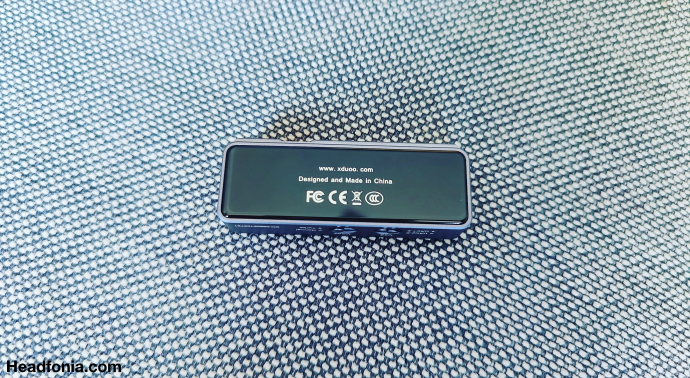
From my OnePlus 8 Pro smartphone, the dongle gets automatically recognized by Tidal so that’s great. Using the HiBy Music app also works flawlessly, and I can directly route the signal via the USB output.
The xDuoo X10Tii portable source (turntable) immediately recognizes the Link2 Bal but it for some reason bypasses the volume setting, setting the volume to 100%, making it impossible to listen to. This is very weird and quite surprising seeing both units are from the same brand. No one tried this before?
We have the Astell&Kern SP2000T here for review, and even though no one would use it like that, the Link2 Bal does get recognized by the DAP. Unfortunately, we here have the same issue as with the XT10ii. The volume gets maxed out, making it useless.
Last test is with my iPhone 13 Pro and the Link2 Bal behaves the exact same as my Android phone. It immediately gets recognized by the phone and streaming music via Tidal is also working perfectly. The volume control is precise.
Versatility-wise it means the Link2 Bal is only “so so” as it will only work with your laptop and phone. Has anyone experienced the same behaviour with their Link2 Bal unit?
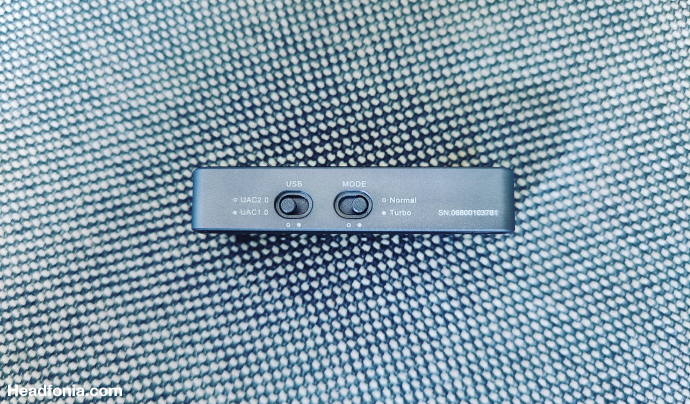
xDuoo Link2 Bal Sound – General
For this part, I have used the xDuoo Link2 Bal with my laptop and ROON, in combination with a whole series of universal and custom IEMs.
The xDuoo Link2 Bal has a more neutral tuning, and it comes with a fast yet musical delivery. It’s the typical solid-state kind of sound you’re getting here, and it’s especially noticeable once you start comparing it to the other popular dongles on the market.
The Link2 Bal is very energetic from top to bottom, but it’s especially present in the upper mids and treble region. The Link2 Bal has reasonably good dynamics (could be better) and excellent PRaT. Detail-wise the Link2 Bal performs ok, but it’s not spectacular in my opinion / not on par with many other dongles (see later).
Sound stage -wise the Link2 Bal is ok in width and depth, but there is still quite a bit of room for improvement. Especially the layering in bass and mids is at a low level. Regarding spaciousness and airiness, the Link 2 Bal performs quite good. All-in-all you get an open sound but with a smaller soundstage. It’s more intimate and closed-in but within these limits it’s airy and natural.
What I like a lot about the Link2 Bal is the energy, top end extension and the vocal forward presentation. The stereo imaging and left/right balance is also remarkable.
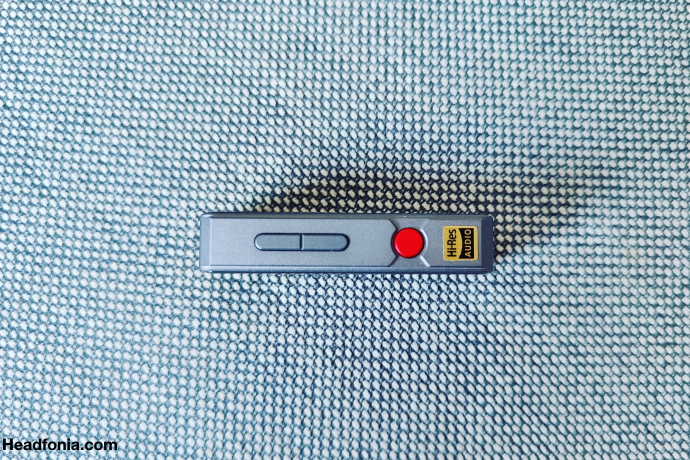
xDuoo Link2 Bal Sound – Bass/Mids/Treble
Bass
Here we a have a neutral bass tuning. Bass is fast and it has a good pace and attack. Bass comes with a neutral amount of body, but it’s punchy and impactful. Bass never feels exaggerated in presence. Detail-wise it’s ok, but it’s not the best. Layering is limited as well as the depth. The sub-bass presence is very light to me, even with bass focused monitors.
Mids
The mids perfectly connect to the bass with the same presence, body and impact. Mids have a neutrally musical presentation with a nice airiness and spacious feel to it. The mid depth is not very good however and the layering – like in the bass section – is limited. What I love about the mids are the dynamics, the energetic presentation, stereo imaging and the vocals. There’s a focus on the vocals but it’s done in an excellent way. I absolutely love this vocal mid tuning.
Treble
Perfectly connecting from the mids, the Link2 Bal is balanced in overall presentation. The amount of body is the same as before and what is remarkable here is the liveliness and energy in the delivery. Treble is not the most extended but for me the treble tuning is the best, together with the mid vocals. I really like the Link2 Bal’s sparkle and energy on top.
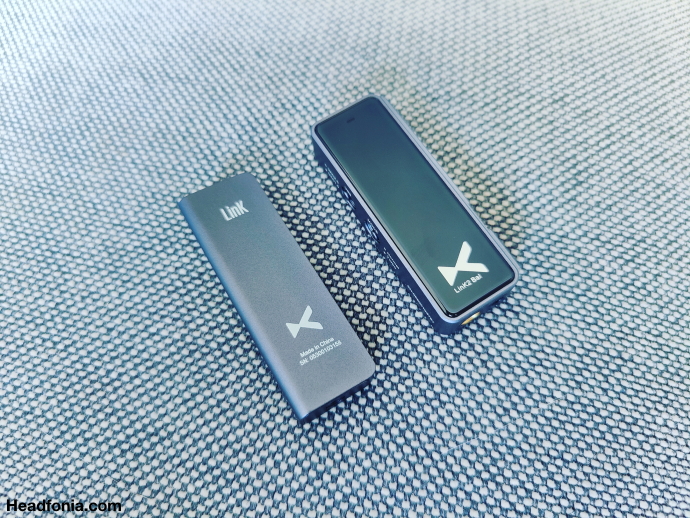
xDuoo Link2 Bal Sound – Comparison with Link2
The Link2 and Link2 Bal were compared using my laptop/ROONwhich make it easily to switch zones. The IEM of choice was the Unique Melody MEXT IEM. The “normal” Link2, if you can still find it, is selling for $99 USD, so that’s quite a bit below the Link2 Bal’s $150 price.
The Link2 was used without bass boost or without the sound stage setting. In this setting it – compared to the Link2 Bal in single ended mode – sounds pretty much the same regarding sound stage, spaciousness and airiness. The big difference here is that the original Link2 sounds more energetic, where the Bal version sounds more relaxed and maybe a bit slower. The note extension and i in the Link2 Bal is a bit better, but it’s mostly a more dynamic sounding dongle than the Link2.
Compared to the Link2 Bal in balanced mode the original unit sounds less loud (at the lowest setting). With the Link2 Bal it’s mostly the airiness and extension which come out more. The Link2 Bal version also sounds fuller with bigger body in bass and mids. From a detail retrieval and extension point of view, the Link2 Bal version easily outperforms the original as well. This is mostly noticeable with the balanced output as it has more “room” to show the note precision and decay. The sound stage width and depth are the best with the Link 2 Bal dongle, on the balanced output.
In short: the Link2 Bal is the better dongle in both single ended and balanced mode, but it’s also 50% more expensive. To me it’s fully worth the mark-up in price.

xDuoo Link2 Bal Sound – Comparison vs Competition
This comparison was done with my laptop/Roon and the Unique Melody Mext. All in balanced mode, except for the Cobalt.
The EarMen Sparrow ($199) has a 2.5mm balanced output, does MQA and it is smaller in size. It uses an ESS SABRE ES9281PRO chip. Immediately noticeable here is that the EarMen picks up some ground noise when idle. When in use this isn’t audible. Sound wise the Link2 Bal is more energetic sounding, where the Sparrow is more natural. The vocals in the Sparrow are softer where they in the Link2 Bal are more forward sounding. I have to say that both units are very similar for what sound stage, spaciousness, and weight (body) are concerned. On a technical level these units score about the same, but the EarMen to me is the better in the end because of the more natural and realistic rendering. IT makes the Link2 Bal sound shouty.
The Luxury & Precision W2 ($299) is about the same size-wise but it offers an impressive step up in sound quality. It uses a double CS43198 chip. The L&P W2 brings better spaciousness, layering, extension and depth. The W2 sounds more natural and analogue where the xDuoo sounds(overly) fast and shouty. Sub bass presence here is the best as well as the precision, note decay and extension. The W2 has such a lovely timbre. The top end energy of the Link2 Bal is better though, the W2 is a bit easy on the ears in that area. The L&P W2 dongle is double the price of the Link2 Bal, but the difference in quality is obviously there.
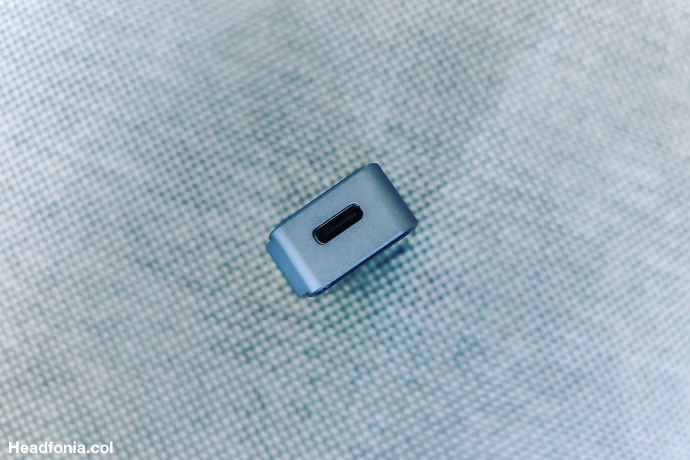
The Cayin RU6 ($250) is an R2R technology dongle. The xDuoo Link 2 Bal uses a dual CS43131 DAC chip and the xDuoo is more neutral in presentation with a more linear and balanced sound. It doesn’t have the warmth, fulness and bass presence of the RU6, and it is cleaner. The RU6 on the other hand has the better detail, note extension and sound stage width/depth. The xDuoo’s layering and positioning is at a lower level, but it does have more impressive left-right stereo imaging and top end energy. The sub bass presence is better in the RU6, but the sub bass precision and tightness are better in the xDuoo.
Unfortunately, I don’t have the Moondrop Moonriver 2 here with me to compare the xDuoo Link2 Bal to, but we do have the old almighty AudioQuest DragonFly Cobalt. The Cobalt uses an ESS ES9038Q2M DAC chip and it does MQA. The Cobalt shares the same sound signature, but it is more natural sounding, with a softer vocal presentation. The xDuoo is more energetic and from the upper mids it has the better note extension and precision. This is a difficult choice in single ended mode, but seeing it is only half the AQ’s price and offers a balanced output, the choice in the end is simple. I wonder when AudioQuest will finally bring a balanced dongle to the market.
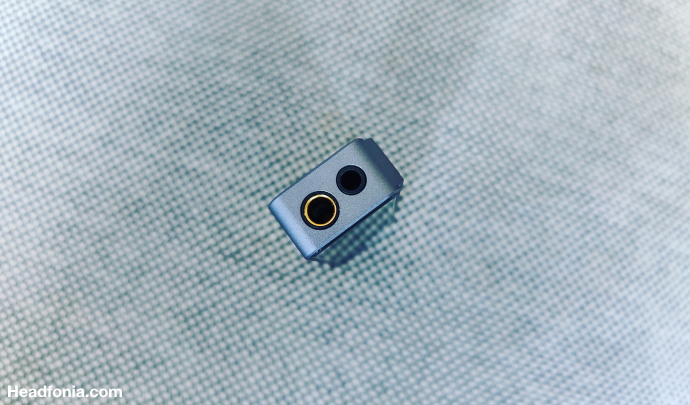
Conclusion
I’m perhaps being a little harsh in this review of the Link2 Bal dac/amp dongle. It’s one of the cheaper dongles on the market and for the price it does perform quite well. At the same time, I personally feel the difference with the higher end, more expensive dongles clearly is there and as such I can’t shake the feeling it’s running behind the facts and the competition.
That being said, the xDuoo Link2 Bal has some really excellent things going for it. The Link2 Bal has a lovely musically neutral tuning, remarkable energetic presentation, great vocal strength and treble liveliness. IF those are your things and you’re on a budget, the Link2 Bal will definitely impress you, but it won’t be the best the market has to offer.
Page 2: xDuoo Link2 Bal vs Link2, Versatility, Sound, Comparisons, Conclusion





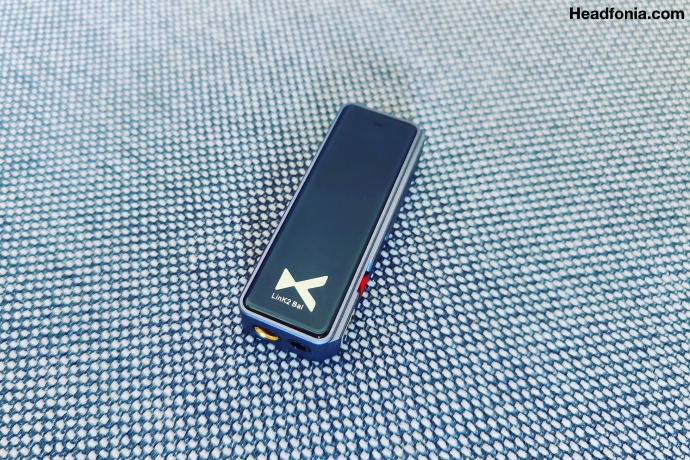
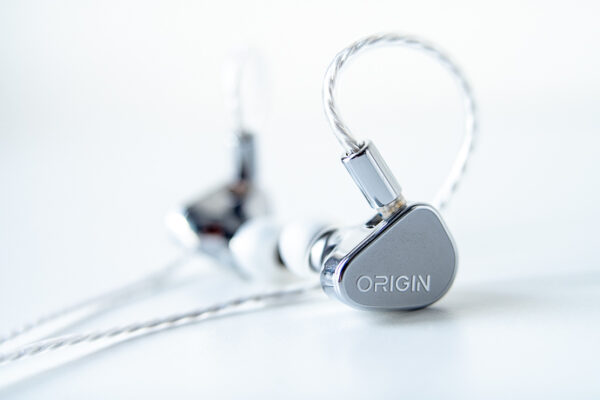
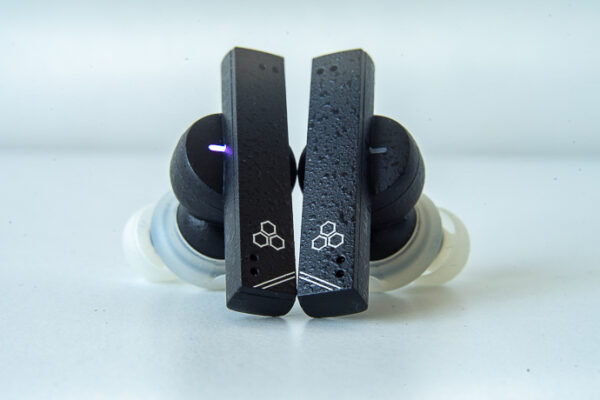
kaavik
I won’t buy components that don’t support MQA. I realize that it is “lossy”, but it brings the best out of Tidal. I can’t support Qobuz due to playlist size limits, and Apple Music is not as good overall.
Misterpumpy
I’m really surprised you didn’t compare it to the iBasso DC06 since they both come with lightning cable options and both have similar output and are closer in price than some of your competitors on this review.
Lieven
The units are in different countries
Marcin
Believe or not but Xduoo Link 2 bal won over Chord Hugo 2 which I have had both and I chose Xduoo for more musicaly sound signature. Maybe it have not perfect technicalities but pleasure when listening from it is a bit more than from Hugo 2 for me 🙂 It drives Sony MDR-Z2m2, QUAD ERA-1, Denon AH-D5000 and Sennheiser HD650/HD600 from PC connection with very easy.